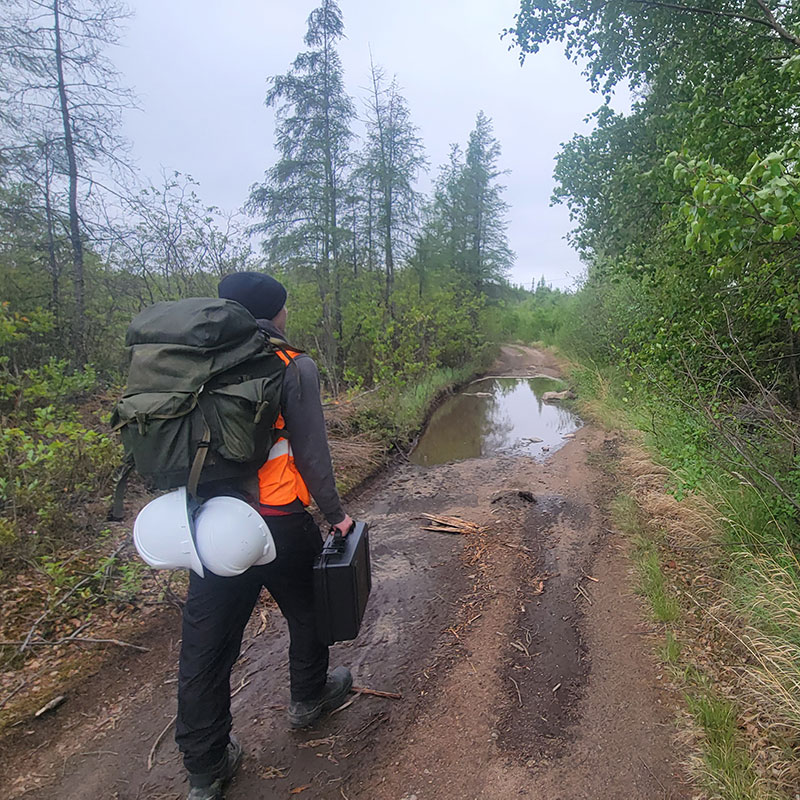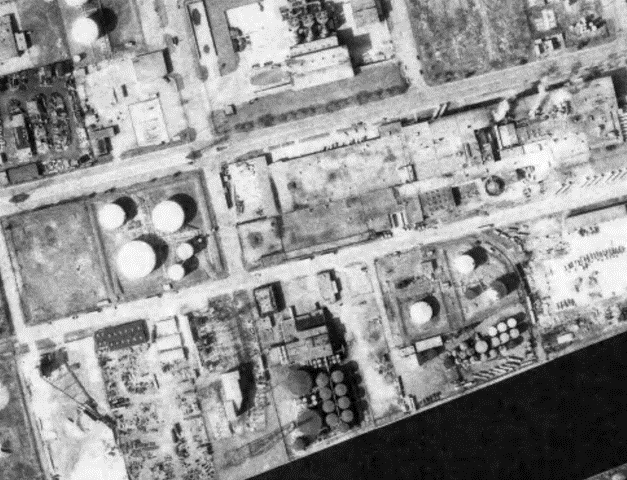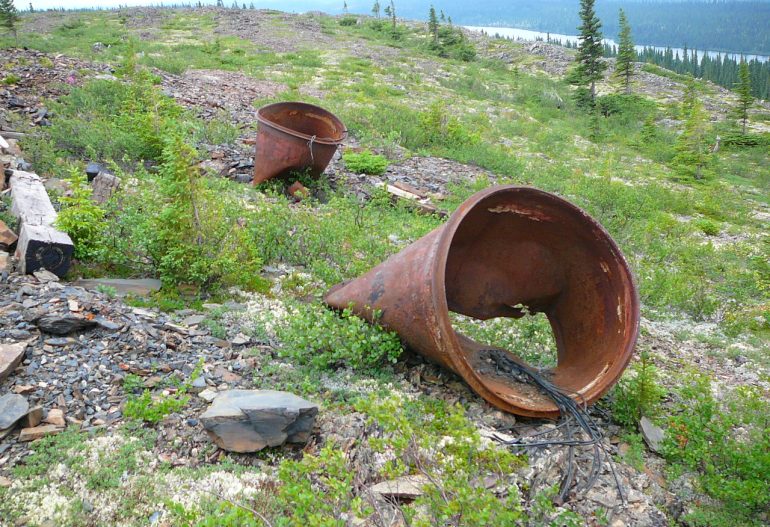Are All Phase One Environmental Site Assessments (ESAs) Created Equal?

The difference between CSA and O. Reg. 153/04 Compliant Phase One ESAs
A Phase One ESA is a critical first step in evaluating a property’s environmental condition. Whether you are buying, selling, developing, or financing real estate, knowing the potential environmental risks upfront provides valuable information that can help in decision making and property valuation.
Will a CSA Phase One ESA Meet My Needs?
In Ontario, there are two different standards of Phase One ESA that exist, and which one you select will depend on the situation. There are subtle but important differences and knowing which one to choose can save you time, money and challenges down the road.
In many cases, a CSA-compliant Phase One ESA is sufficient, and it is less costly and can be completed in a quicker turn-around time than an O. Reg. 153/04-compliant assessment.
It’s essential to clarify which standard is required before starting the assessment.

Included with All Phase One ESAs
All Phase I ESAs, whether CSA or O. Reg. 153/04, generally include:
- Records Review – Historical property and regulatory research
- Interviews – Conversations with owners, occupants, and local authorities
- Site Inspection – On-site assessment for potential environmental concerns
- Evaluation & Reporting – Summary of findings and next steps
What is a Canadian Standards Association (CSA) Phase One ESA?
Provides a national standard for environmental due diligence. The Phase One Environmental Site Assessment (ESA) is an important first step in understanding the environmental history of a site and may be necessary as a condition of property sale/purchase, to secure bank financing. It provides a national standard for environmental due diligence.
The Phase One ESA process involves thorough investigation without any physical sampling or testing, and typically includes:
- A review of available historical information on the site and surrounding area, and other resources (e.g., online aerial photography) obtainable within the project delivery date
- The completion and analysis of a Site Owner’s Survey
- A Site Walkover supervised by a Qualified Person (QP), including a walk-through of any structures present on the property


How Much Does a Phase One ESA Cost?
We developed an online quotation tool to help you determine the approximate cost of a Phase One Environmental Site Assessment (ESA) for your site, to CSA or O. Reg. 153/04 Standards.
What is an O. Reg. 153/04 Phase One ESA in Ontario?
In addition to the Canadian Standards outlined in a CSA Phase One ESA, an O. Reg. 153/04 Phase One is specific to Ontario, based on a 2011 update to O. Reg. 153/04 when the Ministry of the Environment, Parks and Conservation (MECP) added a number of carefully prescribed requirements, meant to standardize Phase One ESA Reports and improve the quality for Record of Site Condition (RSC) submissions and filing.
O. Reg. 153/04 Compliant Phase One ESAs are typically required by developers, or property owners planning to redevelop a site for a more sensitive land use (such as commercial to residential or institutional), causing the requirement for an RSC.
Although it is less common, other stakeholders, including owners, lenders, insurers, or municipalities, can request reports to be completed to O. Reg. 153/04 standards at their discretion. We have seen that many municipalities now require RSCs for zoning or development purposes as well, even when an RSC would not be required under O. Reg. 153/04.
Aligning Phase One ESA Requirements with Project Timelines
In certain situations, where a full O. Reg. 153/04 compliant Phase One ESA is ultimately needed to achieve project objectives, but timing is an issue, you may still have options available to help meet real estate closing dates, financing deadlines or for due diligence and decision making. Our team of experts can explore various approaches to meet your specific needs.

Key Differences Between CSA Phase I ESAs
and O. Reg. 153/04 ESAs
| Feature | CSA Standard | O. Reg. 153/04 |
|---|---|---|
| Qualified Person | Assessor must be competent, but no strict definition | Must be a Qualified Person (QP) as defined by the regulation |
| Study Area | Minimum includes adjacent properties | Minimum 250 m from property boundary |
| Chain of Title | Required, but no specifics | Required back to first developed use (crown land) |
| Environmental Sources | Regulatory info such as permits, violations, work orders | Includes NPRI, PCB info, retail fuel storage, ANSIs, MECP records, ECAs, incidents, waste/landfill info |
| Physical Setting Sources | Aerial photographs, topographic, physiographic, geological maps, well records | Aerial photos, topographic, physiographic, geological maps, well records, inclusion of extensive fire insurance maps and reports |
| Information Evaluation | No specific documents required besides the report | QP prepares APEC table, current/past uses table, and conceptual site model (CSM) |
| Freedom of Information Requests | FOI responses do not need to be received and included if deemed not to likely influence the outcome of the report | All Freedom of Information (FOI) responses pertaining to the site need to be received from all relevant regulatory bodies with all responses received for inclusion to the report. The regulatory body usually requires additional fees, above and beyond the CSA |
| APEC Investigation | Assessor can discount PCAs based on factors that likely mitigate risk such as containment or groundwater flow | Any Potentially Contaminating Activities (PCAs) identified on site would automatically be required to be considered as APECs based on O. Reg. 153/04 standards. |
| Site Walkover | No specific requirements, best judgement may be used about what is relevant | – Walk through of the property and all structures, including all rooms present on the entire site. – All tanks, liquids, volumes, construction materials and dates need to be catalogued for an O. Reg. 153/04 report for the entire site. – All Safety Data Sheets need to be received, reviewed and catalogued for the entire site. |
| Seasonality | Site may be assessed under snow cover | Site must be free and clear of snow cover |
| Timing | AEL Environment typically completes a CSA Phase One ESA within 3 weeks, or for 2 weeks in a rush, when available, for an additional fee. | O. Reg. 153/04 Compliant Phase One ESAs typically take a minimum of 45 + business days due to FOI government responses being required. |
